Currently, there are 27 confirmed subspecies of wild cats, which mainly live in deserts, bushes and jungles. They are usually nocturnal and feed on small animals. However, due to the impact of human activities, their numbers have dropped sharply and they are threatened with extinction. This article will list some of the world's rare cat species, including leopard cats, lynxes, ocelots, civets, servals, golden cats, caracals, desert cats, fishing cats and Pallas's cats. Let's learn about these endangered cats together!
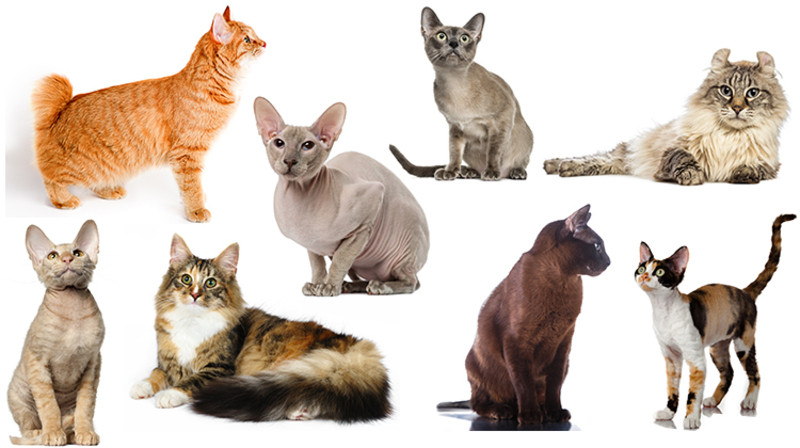
1. Leopard cat (Second-level protected animal)
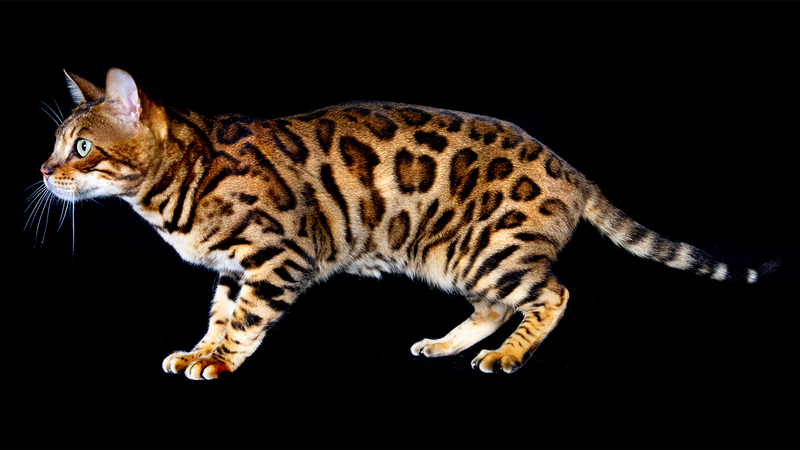
Leopard cats are also known as "money cats" in China because the shape of its spots is similar to ancient copper coins. It is similar in size to a domestic cat, but thinner and with longer legs. It is a rare cat species and is listed as a national second-class protected animal. Leopard cats are introverted and like to be alone. They mainly live in woodlands, countryside and bushes, and feed on small birds, swimming fish and small reptiles.
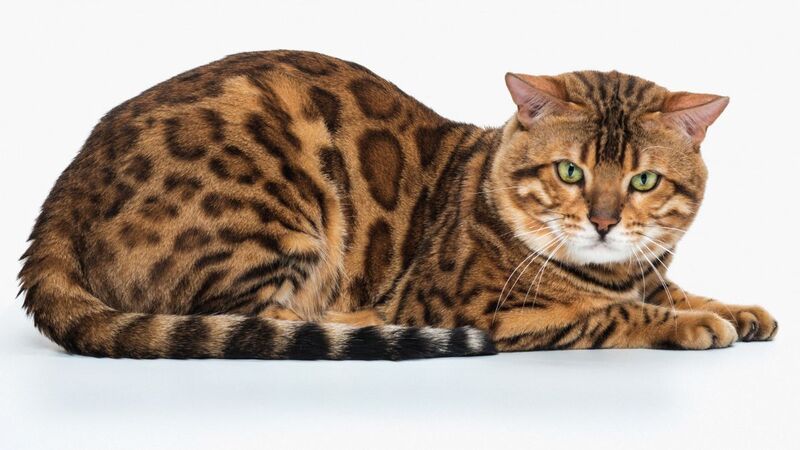
In the wild, the average lifespan of leopard cats is about 4 years, while in captivity, the lifespan can be extended to 20 years. Today, the number of leopard cats is declining at an alarming rate, and has been listed in the 2012 Red List of Endangered Species of the World Conservation Union (IUCN) and the National Red Book of Endangered Animals (level: vulnerable).
2. Lynx (Second Class Protected Animal)
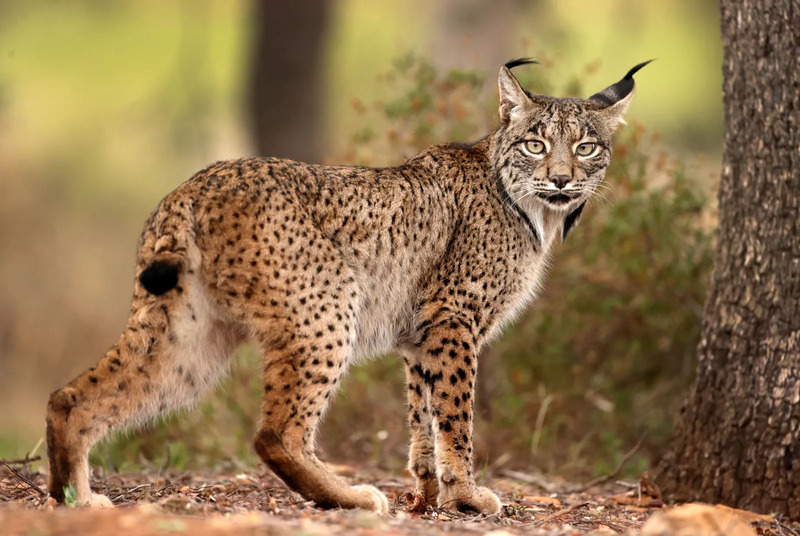
Lynx is an animal similar in size to a cat, but much larger than an ordinary cat. It is also called a mountain cat or a big mountain cat. They are well-built, agile, strong in limbs, and generally weigh between 18 and 32 kilograms. They are a national second-class protected animal and one of the cat species banned in China. Because of its wolf-like appearance, it is also called a wolf cat.
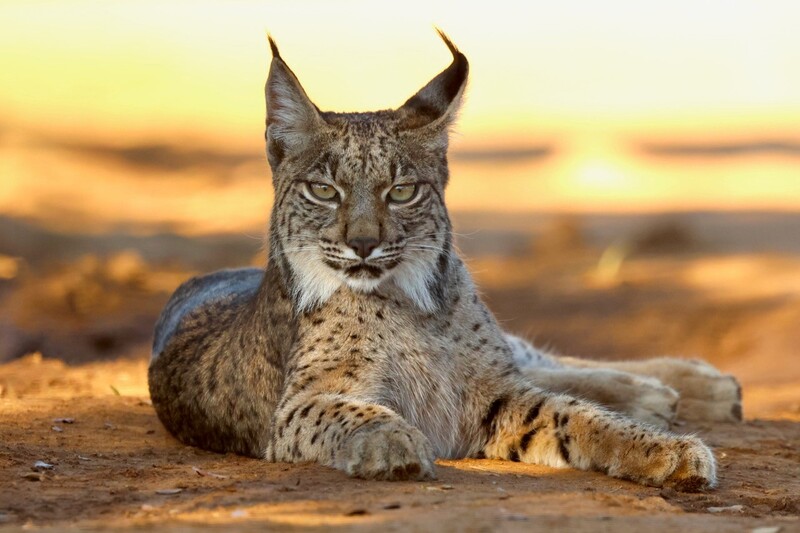
Lynx is mainly distributed in the subarctic region. It likes to live alone and has strong adaptability. It usually feeds on mice and hares. They are very good at climbing and swimming. When they encounter danger, they can quickly climb up a tree to avoid danger. In Romania, lynx is known as the national animal, which shows how rare it is.
3. Ocelot (First-class protected animal)
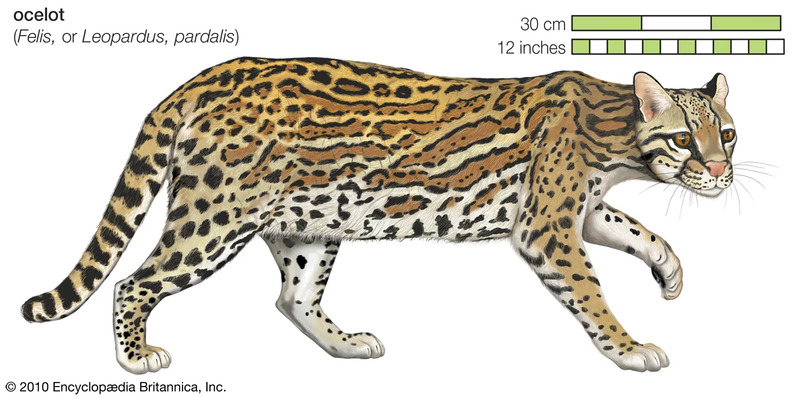
Ocelot is a first-class protected animal and is also listed as one of the world's top ten banned cat species. Their stripes are similar to those of tigers, and their size is slightly larger than that of domestic cats. Ocelots mainly live in tropical rainforests, alpine forests and dense bushes. They are good at climbing and jumping, and feed on animals such as monkeys, armadillos, turtles and snakes.
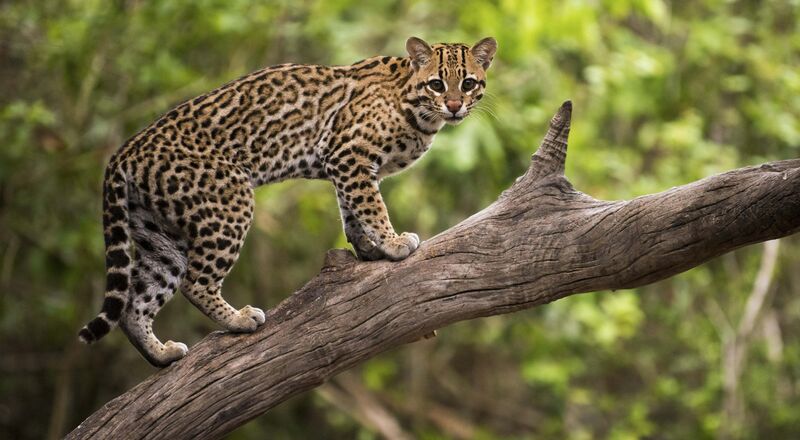
Ocelots are usually active at night, so they have extremely sharp night vision and a strong sense of territory. Once upon a time, ocelots were one of the most hunted wild animals in the Americas, but now they are listed as endangered species.
4. Small civet (Second-level protected animal)
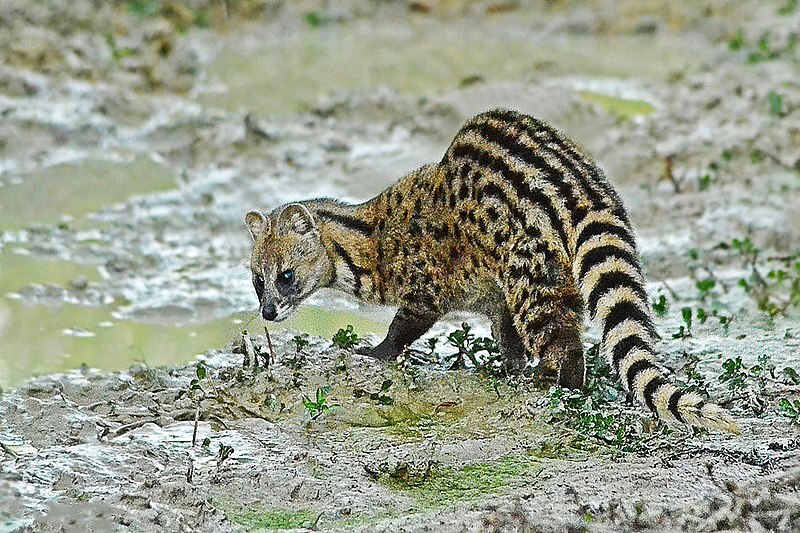
The small civet, also known as the seven-striped civet, black-footed civet, arrow cat, spotted civet or fragrant civet, belongs to the genus of the civet family. This animal is a national second-level protected animal and one of the endangered cats in the world. The body of the small civet is covered with gray and black stripes, and the tail is long and flexible. It is a solitary nocturnal animal that usually rests during the day and moves at night. It is both clever and timid, and will quickly hide at the slightest sign of trouble.
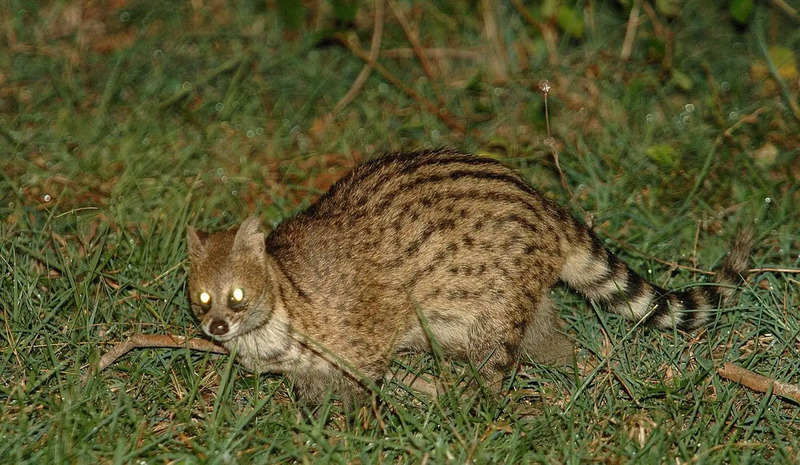
The small civet is good at climbing trees and swimming, and is very sensitive to unfamiliar things. Its limbs are strong, and its hind limbs are slightly longer than its forelimbs, which is very cute.
5. Serval
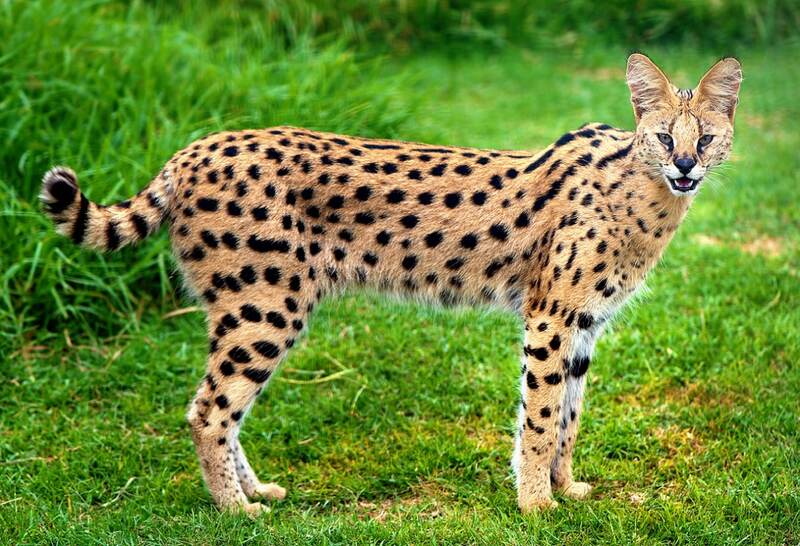
Serval looks quite similar to a small cheetah, with yellow fur and black spots all over its body, and slender limbs and torso. It is known as the "son of the night" of the African savannah, and is usually most active at dusk and dawn. With its amazing jumping ability and running speed, servals can catch mice, rabbits, and even go into the water to fish. The average lifespan of wild servals is about ten years, and the longest can live up to twenty-three years.
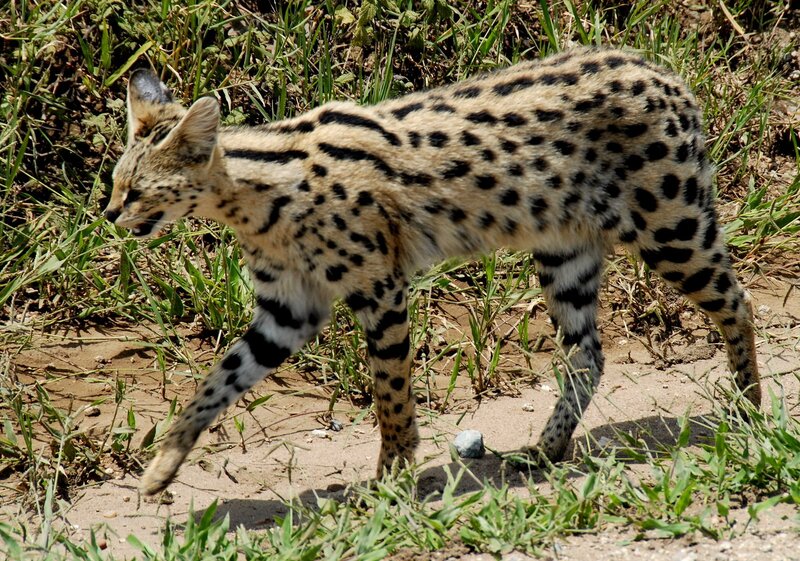
Like most cats, servals have a strong sense of territory. Except in the breeding season, they almost always live alone, and are good at hiding in the grass, waiting for prey. Due to its unique characteristics, servals have also become one of the famous cats banned from breeding around the world.
6. Golden Cat (Second Class Protected Animal)
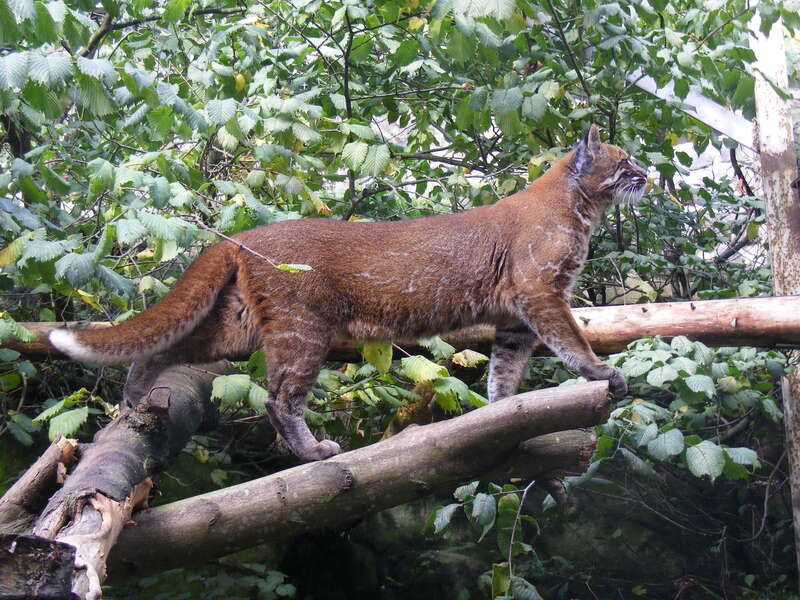
Golden cats are medium-sized cats, with females usually smaller than males. They are listed as national second-class protected animals, and their numbers in the wild are very rare. They mainly live in subtropical broad-leaved forests and mainly feed on rodents. The distribution area of golden cats includes China and Southeast Asia.
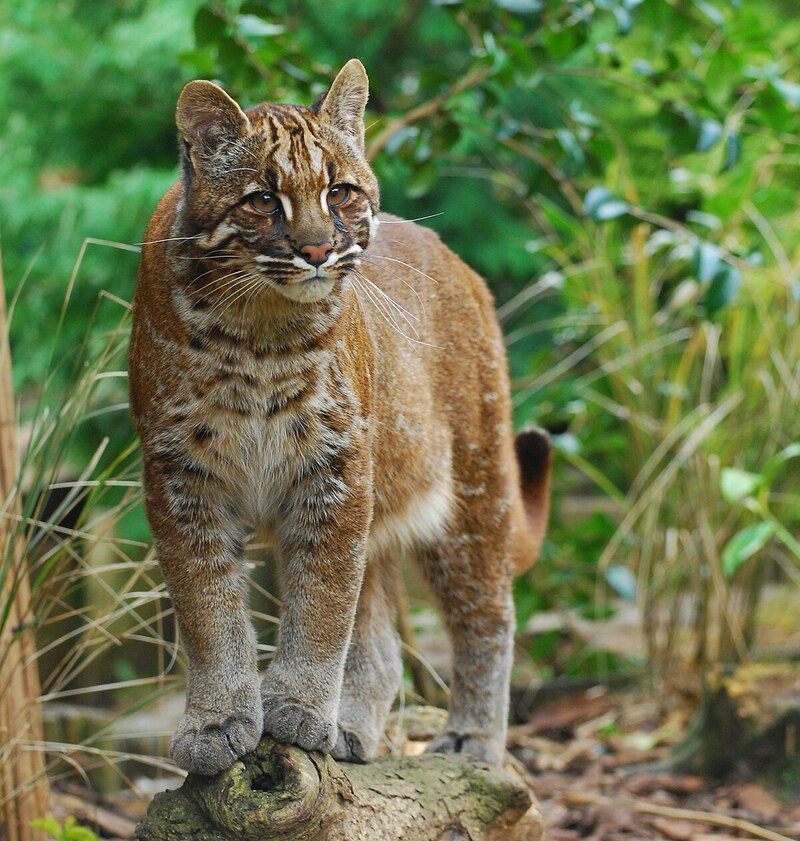
This cat has very strong muscles and is mainly active at night. It is good at hiding in dense forests and observing prey. They are flexible and often take sneak attacks to obtain food. Golden cats are ferocious, with extremely sharp hearing and vision. Their sharp teeth can quickly penetrate the body of their prey. They are very powerful in combat, so they are known as one of the top ten banned cats in the world.
7. Caracal
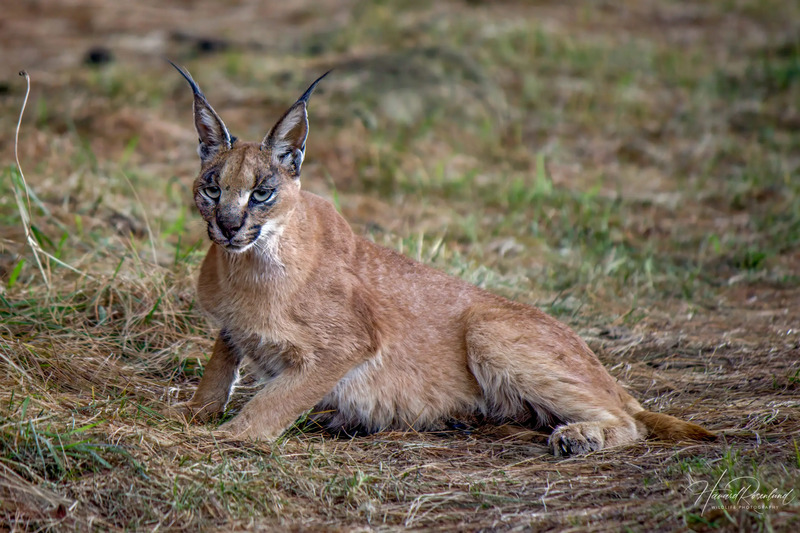
Caracals are medium-sized cats that usually live alone or in pairs. They have obvious territoriality and an average lifespan of 19 years. They mainly live in arid wild areas, have a strong sense of territory, and often mark their territory with urine.
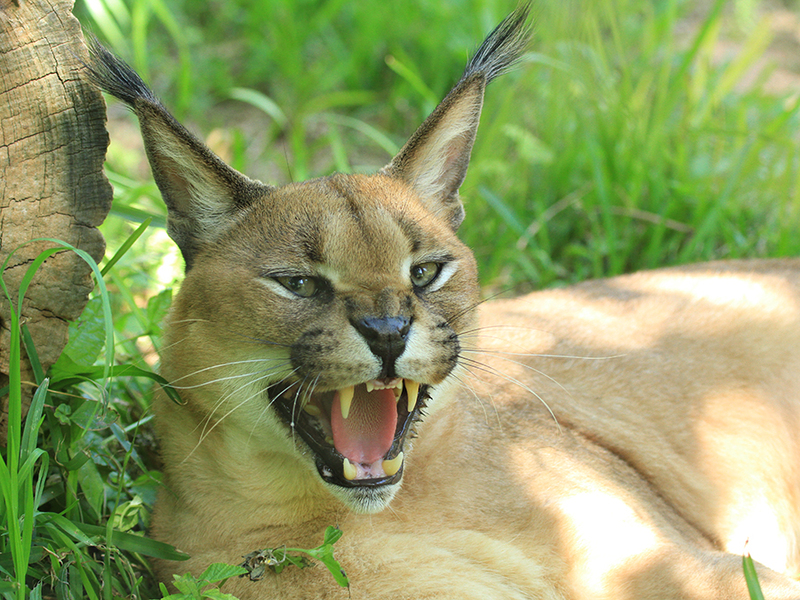
Caracals have excellent jumping ability, run fast, and can flexibly catch flying birds.
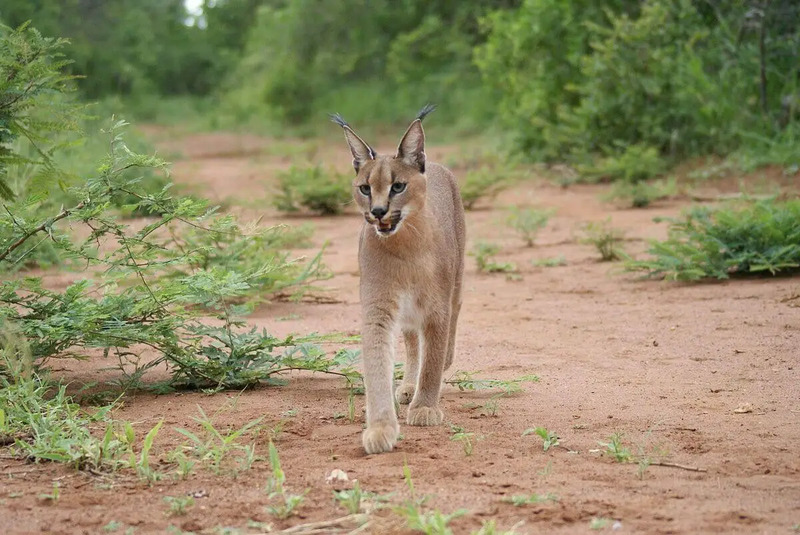
In addition, caracals have strong survival ability and can go without water for a long time, relying on the body fluids of captured prey to maintain water.
8. Desert cat (Rare and protected animal)
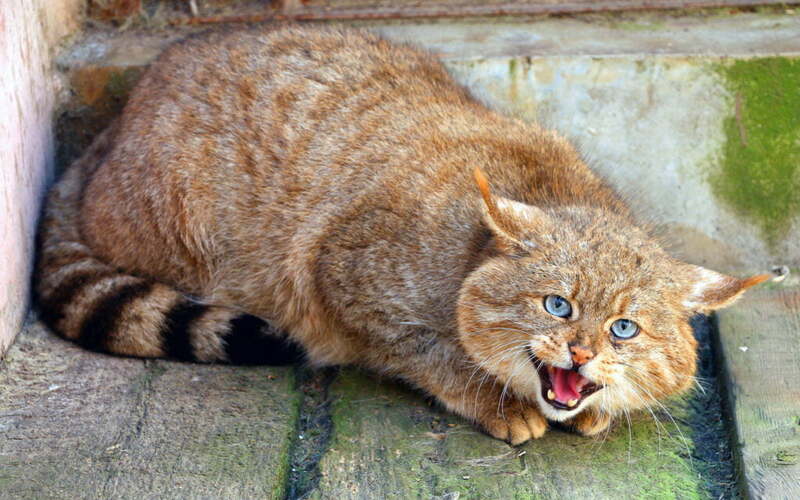
The desert cat is a mammal belonging to the genus Felis of the family Felidae. It is a relatively rare cat. It is slightly larger than a domestic cat. It can adapt to harsh climates and changing environments and is active in deserts and alpine bushes.
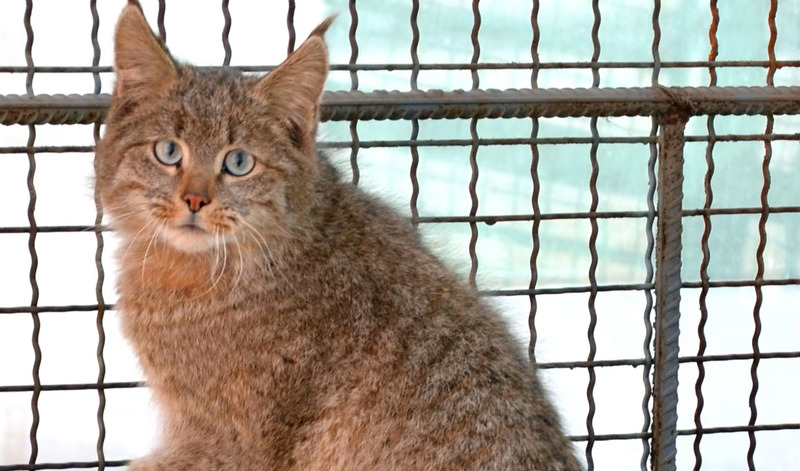
The desert cat is a species unique to China and is listed as a national rare and protected animal. Hunting, selling and breeding are prohibited. They are nocturnal animals that use their keen vision, smell and hearing to hunt marmots, rabbits and other prey.
9. Pallas's Cat (Second Class Protected Animal)
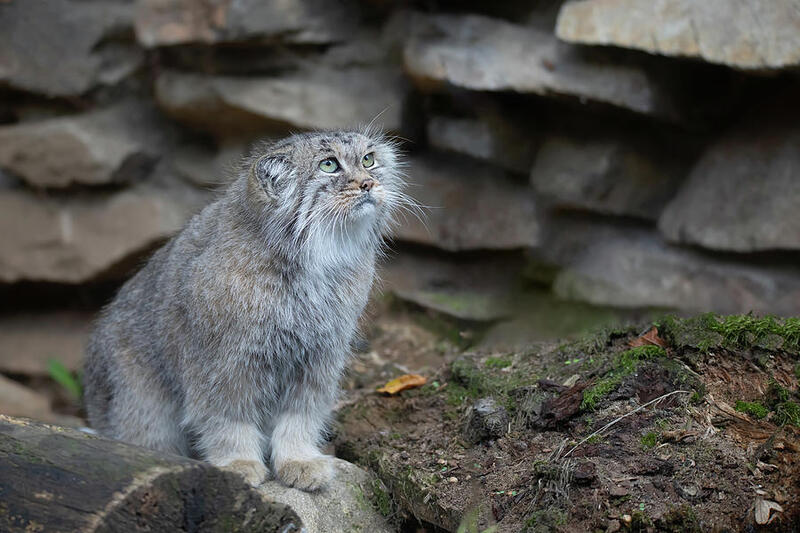
Pallas's cat, also known as the manul, is an endangered species and is a prohibited cat breed. Pallas's cats are short and stocky, similar to domestic cats, and usually weigh between 2 and 3 kilograms. They have thick hair and can adapt to and survive in cold and barren environments such as deserts, Gobi and grasslands.

As a second-class protected animal in China, Pallas's cat is known as the most ferocious cat in the world. It has a wild and aggressive personality and mainly feeds on small animals such as mice and hares.
10. Fishing cat (Second-level protected animal)
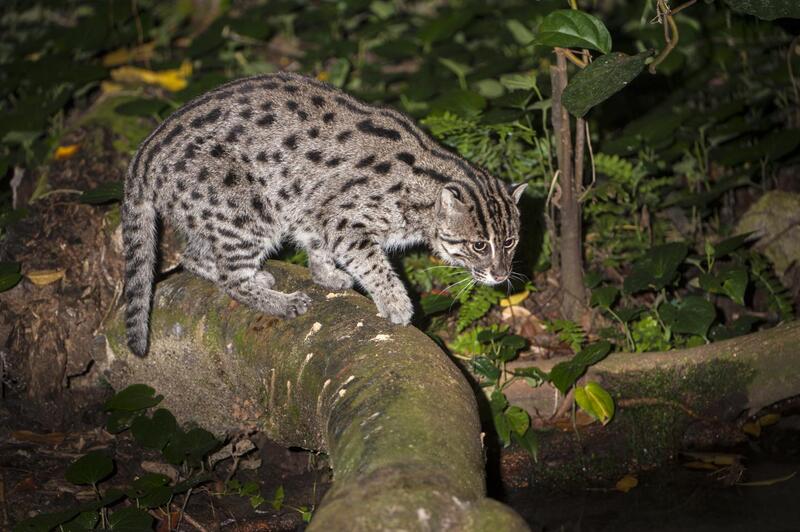
Fishing cats are medium-sized cats that mainly feed on fish. They mostly live in areas with abundant freshwater resources such as rivers, reed wetlands and mangrove wetlands in South Asia and Southeast Asia, so they are also called "fishing cats" or "wetland fishermen".
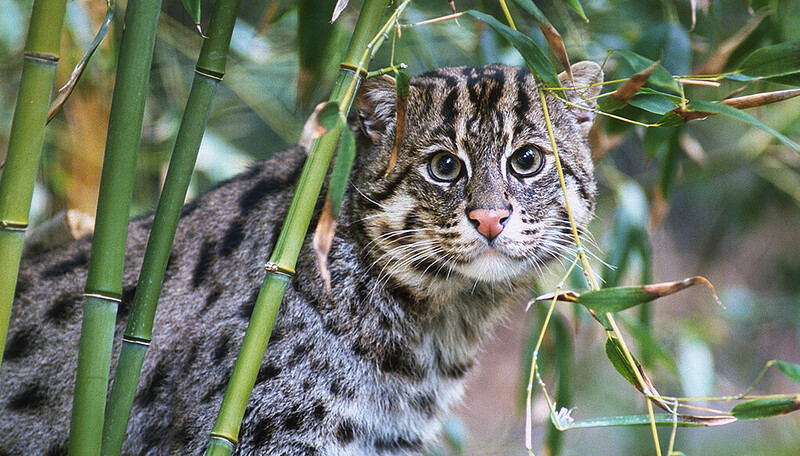
Fishing cats are ferocious and wild, and are one of the famous cats in the world that are prohibited from being kept. They are good at swimming and can find prey in the water. They are animals that hide during the day and come out at night. At present, fishing cats have been listed as endangered species and are classified as second-level protected animals in China.
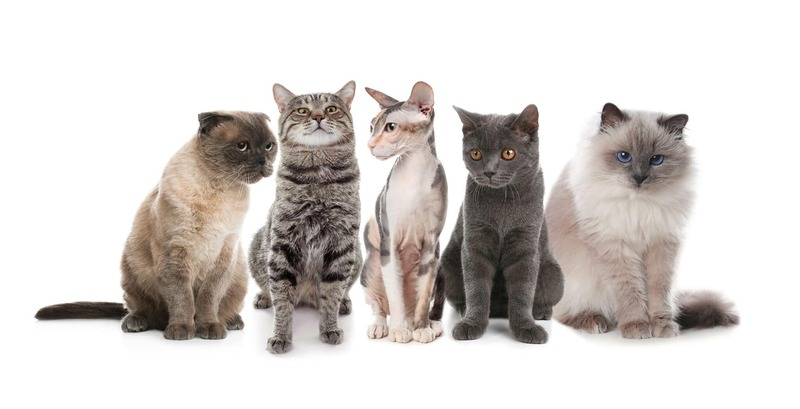
In the list of the top ten banned cats in the world, we mainly evaluate based on factors such as cats' popularity, breeds, and living habits, and refer to the content of multiple Internet rankings for integration. Please note that this list is for reference only. If you have any questions, please leave comments and exchanges below!
animal tags: cats
We created this article in conjunction with AI technology, then made sure it was fact-checked and edited by a Animals Top editor.